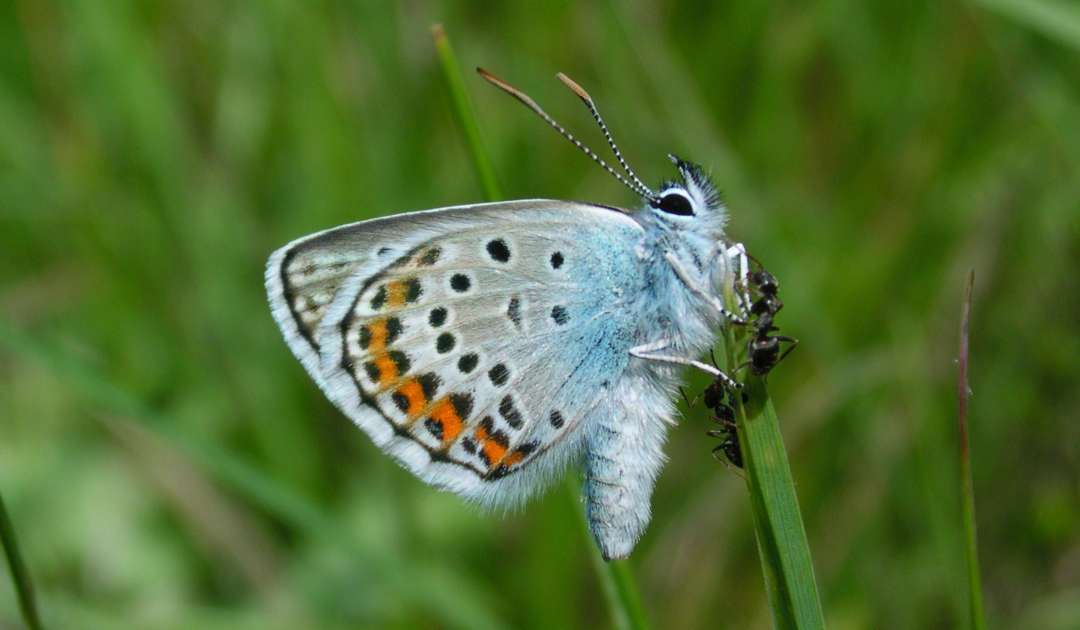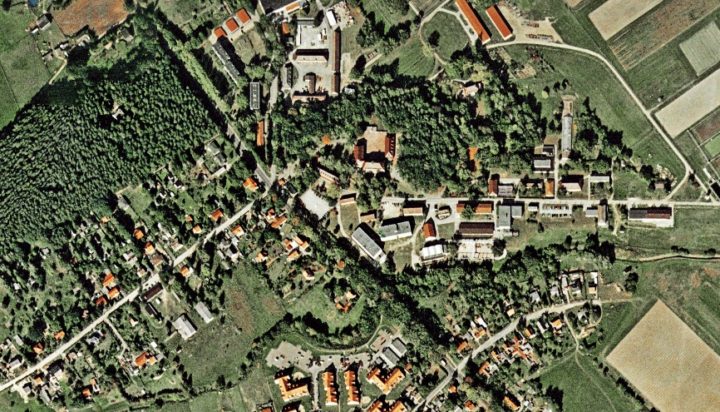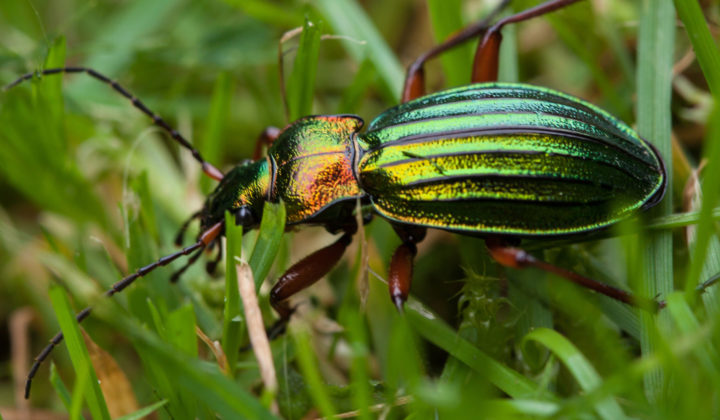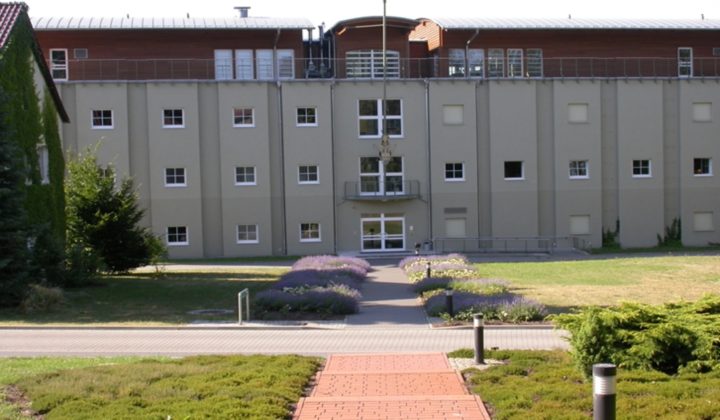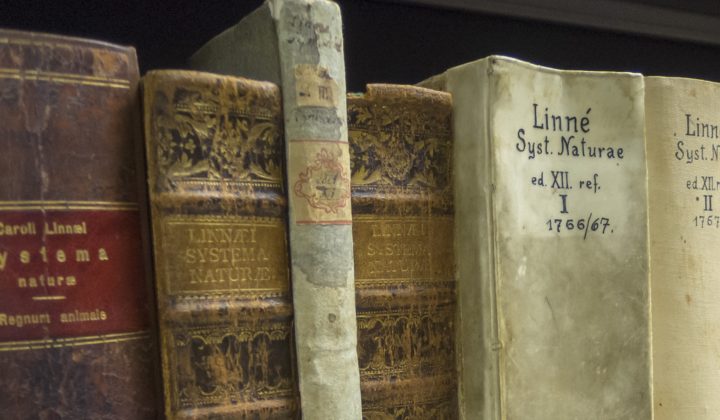Senckenberg German Entomological Institute
Ecology
Research
Global change leads to the re-assembly of species assemblages with severe consequences for ecosystem functioning. Two basic processes are mainly involved in such processes, environmental filtering and niche partitioning, both determined by species traits, niche characteristics and phylogenetic history. In order to better understand these processes, we focus on European butterflies (Lepidoptera: Papilionoidea) which constitute an excellent model system for ecological research. This is due to their complex life history requirements and our comparatively good knowledge base from the extensive work done not only by professional researchers, but also by amateur lepidopterists and citizen scientists, and we are collating this information within international collaborations.
This knowledge base includes information on the butterflies’ distributional ranges, which are mainly shaped by historical biogeography and the climatic requirements of the different species, and enabled us to calculate their realized climatic niches. These may differ from the actual temperature niches due to constraints in mobility or biotic interactions, caused e.g. by spatial limitations of larval hostplants or competition with other species. To improve predictions on future range shifts due to climate warming we need to separate these different components. The mean temperature across the range of a species is called the Species Temperature Index (STI) and can be used to calculate the Community Temperature Index (CTI) of a species assemblage. The CTI has been used very successfully to analyse the response of communities to climate warming.
In ecological analyses of community assemblages, we have to consider that species are not independent entities but related to each other by common descent, and that their degree of relatedness affects similarities in species traits and niches. With this in mind, we have produced a complete dated molecular phylogeny of European butterflies that constitutes the first one for a large group of insects on a continental scale.
Island systems provide exciting field laboratories due to their isolation and are hotspots for rare endemic species of high conservation concern. We are in the process of compiling comprehensive distributional and phylogeographic data on the butterflies of the Macaronesian Islands, which constitute a prime example for such a system, and plan further detailed studies on species interactions to elucidate the impact of invasive species such as the Speckled Wood (Pararge aegeria) on the closely related endemic Madeiran Speckled Wood (Pararge xiphia).
In addition, we are studying interactions among other species complexes due to range expansions or along hybrid zones. Model systems currently under study include e.g. the Southern Small White (Pieris mannii) which has greatly expanded its range northwards during the last decade newly colonising most of Germany, the Lime Swallowtail (Papilio demoleus) with expansive populations in the Southeast Asian islands and the Caribbean, and the cryptic Bath White complex (Pontia daplidice-edusa) with regular migrations in Central Europe.
Although the decline of many insect species has been apparent for decades, as evidenced e.g. by Red Lists compiled on global and regional levels, scientific proof of a more general decline of insect abundances is a relatively recent achievement, and has led to a raising public awareness for the need to conserve insects on a landscape scale. Action plans to conserve insects are currently prepared in many German states and we are also involved in developing such a plan for the state of Brandenburg. Our section is carrying out long-term research on regional insect biodiversity, e.g. in the biosphere reserve Schorfheide-Chorin, and we are conducting mark-release-recapture (MMR) studies of local butterfly populations of conservation concern in order to better understand their population dynamics and mobility. In addition, we are state coordinators of the German Butterfly Monitoring scheme, and actively involved in butterfly conservation in Germany and on the European scale. Many of these activities are carried out in collaboration with citizen scientists.
